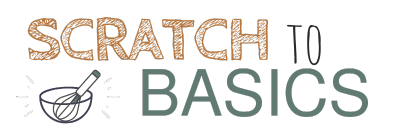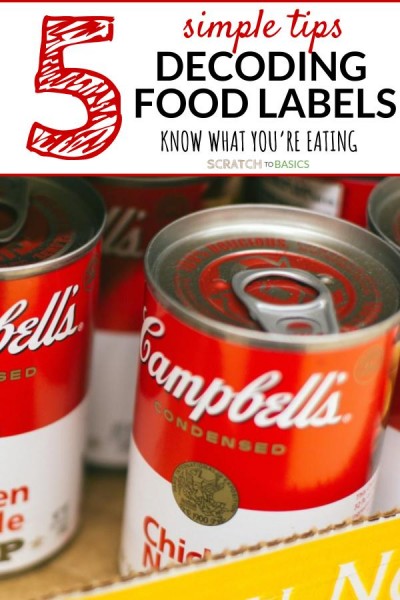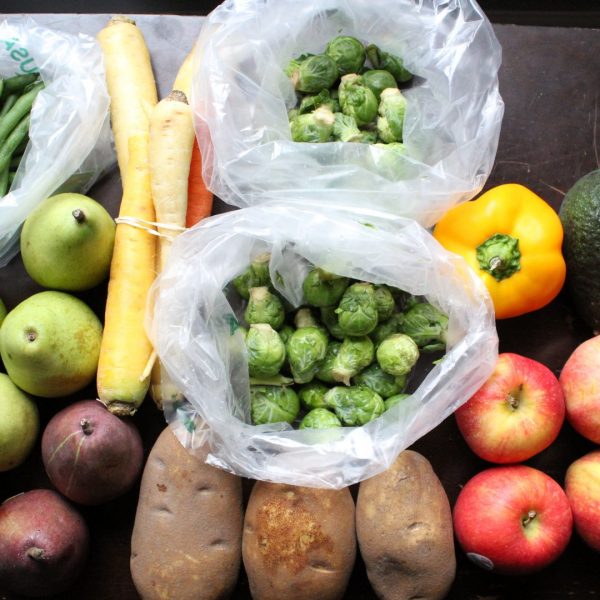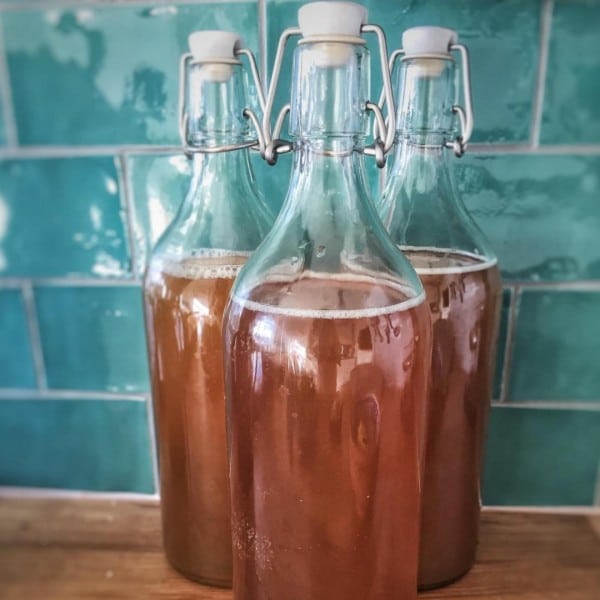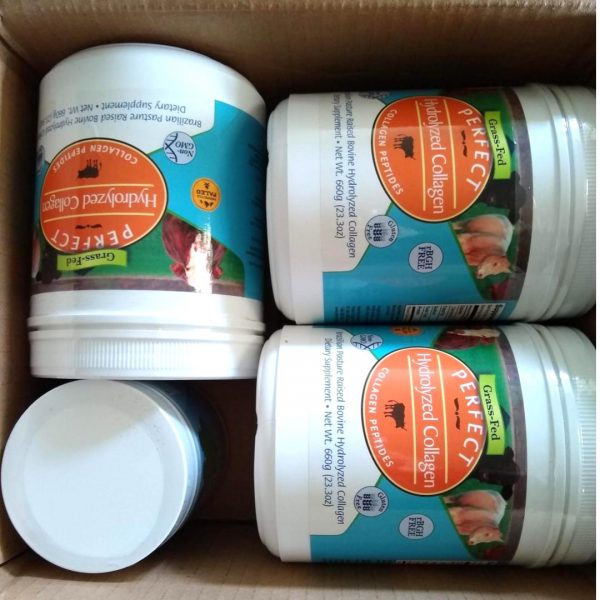5 Ways To Become An Informed Consumer And Understand Food Labels
Some of the links on this site may be affiliate links. This means, at no additional cost to you, I may be paid a small commission if you follow the links and make a purchase. Learn more here.
Are you overwhelmed (and maybe slightly confused) when you read food labels at the store? You’re trying to be an informed consumer, but you’re frustrated by how hard it is to decode the food labels in the grocery store.
You see things like organic…natural…healthy. But what does it all mean?
Here are 5 simple tips to get to the bottom of what you’re actually buying. Be an informed consumer and know what you’re putting in your mouth!

1. Read the back Of the Food label
You know the saying, “Don’t judge a book by its cover”? Well the same is true about food.
Don’t decide to buy a food because of the marketing on the front. Look at the back, too. On the back of the item, you’ll find important information like the serving size, nutritional facts as well as the ingredient list.
If a can of soup says “healthy”, but the ingredient list is 3 inches long with things you can’t pronounce…maybe it’s not so “healthy” after all. Read the ingredients, be informed, and then decide if it’s really something you want to eat.
2. Don’t Trust the Front Label
When you’re a kid, you believe anything you hear.
At the end of a long string of “why” questions from my four year old, I sometimes just have to say, “just because”.
And she still accepts that answer (usually). She trusts that what I say is true.
And as far as she knows, it is.
But when you grow up, it’s natural that you start to question what people tell you. Marketers are experts at saying the right words to make you think certain things.
For example, my mom was recently at Costco and looked at the ingredient list of their chicken noodle soup they were sampling. She was appalled at how long the list was, and how much junk was in it.
She felt a little surprised because the sign said “made fresh daily”. So she just thought it was healthy and wholesome.
Anytime you see a sign, think about what it says and think about what it doesn’t say. The sign didn’t say “made with simple ingredients, no preservatives, and only the highest quality food”.
Another example is bread in your local grocery store. Typically the sign says “baked fresh daily” and you might think that means it’s made from scratch each day (without preservatives).
But in reality, most of the time the dough is full of preservatives and was made in a factory somewhere else, but sent to the store and frozen until ready to bake.
3. Know the language

If you’ve ever been to a foreign country, you know it’s pretty difficult to communicate when you don’t know the language.
Simple things like finding the nearest restroom become a challenging task. But once you learn the common phrases and terms, things get much easier.
In order for labels to make sense, you need to know the language the food companies are speaking.
Many terms are regulated, like “healthy”, “low fat”, “no trans fat”. But some terms are not.
You need to know the intent behind the words on the label. You can do research on the USDA Food Labeling website about what different labels mean.
4. Know what You’re Looking FOr On The Label
Maybe you’re ahead of the game.
Maybe you’ve already been reading the labels on the back of the food containers.
You’re skeptical about what you see, and you’re learning this new label language, way to go!!
You’re way ahead of the crowd! If you’re still feeling a little confused, maybe it’s because you don’t know exactly what you’re looking for.
You need to decide what you’re trying to avoid. What’s important to you? Do you want to give up added sugars? Or maybe you want to avoid ingredients you can’t pronounce. Maybe you want to focus on eating food with 5 ingredients or less? Or maybe you want to only eat food that have healthy oils in them?
When you know what you’re looking for on the labels, you’ll feel empowered because you can make it happen. Read this post with a step-by-step plan to help you eliminate processed food from your diet for good.
Read more about 10 surprising processed foods to avoid here.
5. Make an informed decision

Finally, use your brain.
Take everything into consideration and make a decision about what’s best for YOU and YOUR family. I could go on and on about what my family eats and why, but it might not work for you, and won’t last long in your house.
Think about what’s important to you and make decisions accordingly.
Are you ready to be an informed consumer?
These are five simple ways to help you understand what the food label is telling you. Now you’re ready to tackle the grocery store aisles with confidence.
Healthy eating, here we come!
